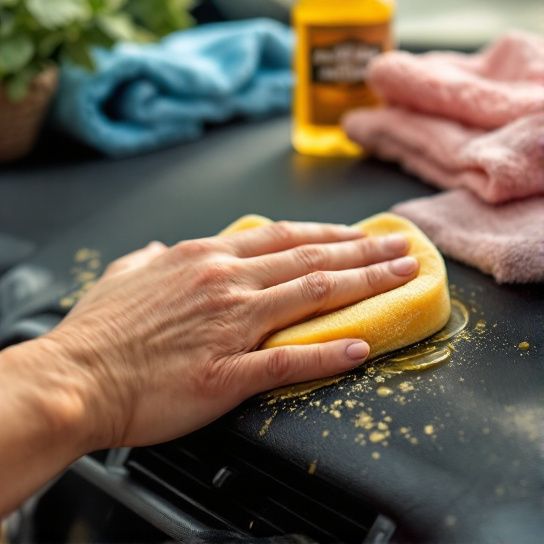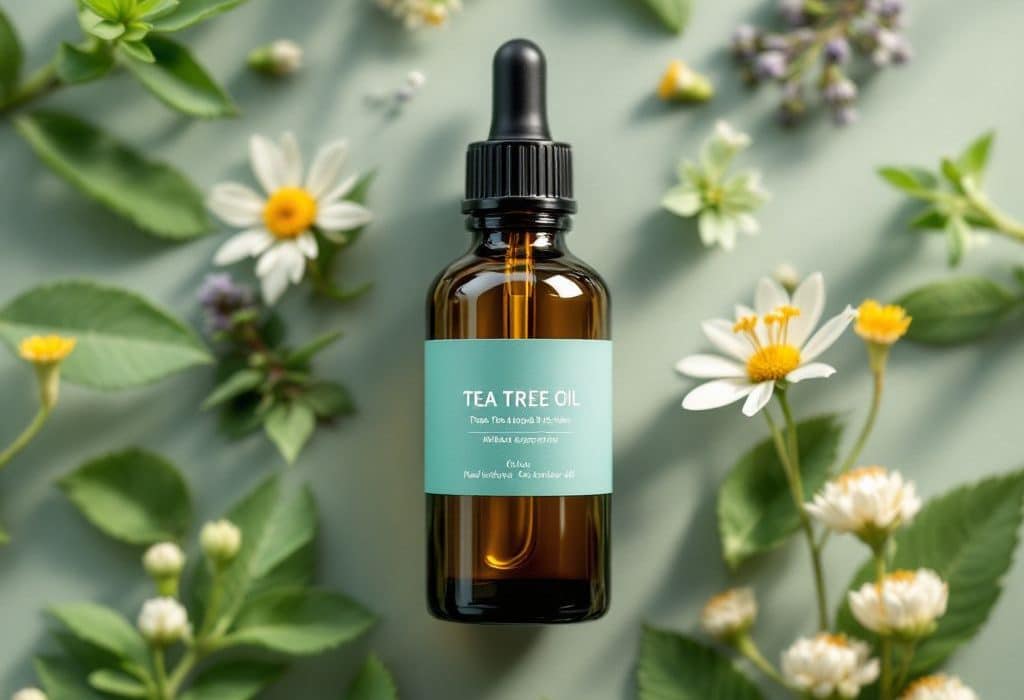Ever find yourself overwhelmed by the sheer number of natural beauty products out there? Trust me, you’re not alone. With all the buzz around various essential oils, how does one corner a particular standout like tea tree oil? This stuff is legendary for a reason—a botanical powerhouse capable of caring for your skin like a doting guardian.
Let’s dive into the world of tea tree oil, its potent nature, and how it’s earned its place in the cosmetic cabinets around the globe. This guide will help break down the essentials (pun intended) and show you how some savvy usage could wholly change your wellness routine.
What Exactly is Tea Tree Oil?
Hailing from the leaves of Melaleuca alternifolia, native to Australia, tea tree oil is nothing short of a miracle elixir. Prized traditionally by Aboriginal communities, this oil is renowned for its antibacterial, antifungal, and anti-inflammatory properties. No small feats there! In the realm of products, it stands proudly bright, ready to take on all your skin-related woes.
Why Trust Tea Tree? Its Skin-Saving Abilities.
Tea tree oil and skin are akin to a dynamic duo, taking on villains like acne, irritation, and dryness head-on. Let’s delve into why it’s become essential.
Acne’s Nemesis

Ever feel like acne breakouts have made it their life’s mission to ruin your day? Tea tree oil might just be your white knight. This powerful oil works by fighting the bacteria that cause those pesky pimples while soothing your skin in the process. Give it a try by dabbing a diluted amount onto blemishes; the results might surprise you.
Soothe and Smooth
Inflammation be gone! Tea tree oil is an inflammation badge-bearer. From minor cuts to itchy patches, it reduces redness and swelling like a charm. Before you find yourself at your wit’s end with over-the-counter anti-inflammatory creams, maybe consider adding a tea tree woven solution into the mix. It’s like nature’s gentle hug for distressed skin.
Dry Skin? No Problem!
Nobody enjoys dealing with scaly, parched skin. Often, that can feel impossible to handle, especially in colder months. Tea tree oil, with its moisturizing effects, can help make this an issue of the past. When blended with carrier oils like coconut or jojoba, it leaves your skin feeling balanced and nourished.
How to Incorporate Tea Tree Oil Into Your Routine
Alright, now that we’ve covered why tea tree oil is an amazing addition to any skincare arsenal, let’s talk tactical enactment. Here are some easy, practical ways to integrate this gem into your day-to-day life.
1. Pre-Made Products or DIY: Choosing Wisely

Natural beauty products featuring tea tree oil are seemingly available at every corner drugstore now. You’ve got acne treatment gels, toners, and even facial cleansers bursting with this potent oil. Experience ease in application and find what suits your preferences best right off the shelf.
**Feeling Crafty? Try DIY!** Another exciting way to engage with tea tree oil is by creating your own DIY face masks or scrubs. Mix a few drops with clay for a deep detoxing mask or add to sugar or salt for a gentle exfoliating scrub.
2. Spot Treatment: Precision is Key
Targeted treatments with tea tree oil are as simple as adding a tiny amount on troubled spots. Remember, potency isn’t diluted bravery. Since raw tea tree can be harsh or aggravating, always blend it with a soothing carrier oil – jojoba, almond, or avocado are perfect choices.
3. Hair Care: More Shine, Less Worry
Tea tree oil plays equally well in hair land. For an invigorating dandruff relief trick, consider adding a couple of tea tree drops to your shampoo. It soothes the scalp, reduces flakes, and leaves hair noticeably healthier.
4. Keep Things Fresh: Antimicrobial Cleanser

Germaphobes take note: tea tree oil’s antimicrobial properties make for a superb household cleaner. Though slightly more niche application, diluting this essential oil into a cleaning solution for surfaces and even yoga mats is something to ponder upon. Cleansers rejuvenated with tea tree are safer without the downside of harsh chemical exposure.
A Few Considerations to Keep in Mind
Even the heroes have their Achilles’ heels. Before plunging into tea tree oil treatments, heed a couple of friendly reminders:
- Always Patch Test: Before using it liberally, try a patch test on a small spot. Allergic reactions do happen, albeit rarely.
- Never Ingest: Tea tree oil is amazing on your skin but can be toxic if consumed. It’s a topical-only pal.
- Dilution Essential: This oil is highly potent, precision in dilution is wisdom personified. Mixing it with a carrier oil isn’t just recommended, it’s crucial.
Wrapping It Up: Why Embrace Tea Tree Oil?
There you have it! Unraveled in its glorious practicality, tea tree oil is an undoubted winner for embracing within your natural beauty products portfolio. It’s like a Swiss Army knife of personal care—versatile, effective, and brimming with holistic advantages. The options are endless, from fighting acne and itching woes to refining a standout DIY routine.
Give tea tree oil a whirl and absorb its transformative magic firsthand. Whether you fancy store-bought blends or custom-mixed masterpieces, trust me when I say, it’ll soon become an irreplaceable cornerstone in your routine.
Feel free to dance within your error space with this oil; improvements come not just in perfect practices but happy mistakes teaching reflections. Should you give new ideas a try? Absolutely. Embrace tea tree oil, and let it root you in splendid skincare creativity.
Frequently Asked Questions
What does it mean if a product is labeled as “natural” in the context of beauty products?
If a product is labeled as “natural,” it does not necessarily mean it contains no synthetic chemicals. The term “natural” is not strictly defined by the U.S. government, so it is important to read the ingredient list carefully. Natural cosmetics typically contain ingredients found in nature, such as mica, silica, and clay, without significant chemical alteration[1][3].
Why aren’t all cosmetics natural if they are supposedly better for the skin?
Several reasons contribute to why not all cosmetics are natural. Cost is a significant factor, as organic ingredients are generally more expensive than synthetic ones. Additionally, natural ingredients can be challenging to blend and preserve without using proven chemicals, which are necessary for maintaining the product’s stability and preventing bacterial growth[1][3].
How should I choose natural beauty products, especially if I have sensitive skin or allergies?
When choosing natural beauty products, it is crucial to read the ingredient list carefully and look for certifications from organizations like ACO, ECOCERT, or the USDA. Even natural ingredients can cause allergies, so it is advisable to patch test products before using them fully. Be wary of long chemical names and ensure the product aligns with your skin type and concerns[1][3][5].
What are the potential benefits and challenges of using natural beauty products?
Natural beauty products can be gentler on the skin and are often free from harsh chemicals that can cause irritation or allergies. However, they can be more costly due to the use of ethically sourced ingredients and careful formulation. Additionally, natural products may not work for everyone, and their effectiveness can vary based on individual skin types and conditions[1][3][5].
References

